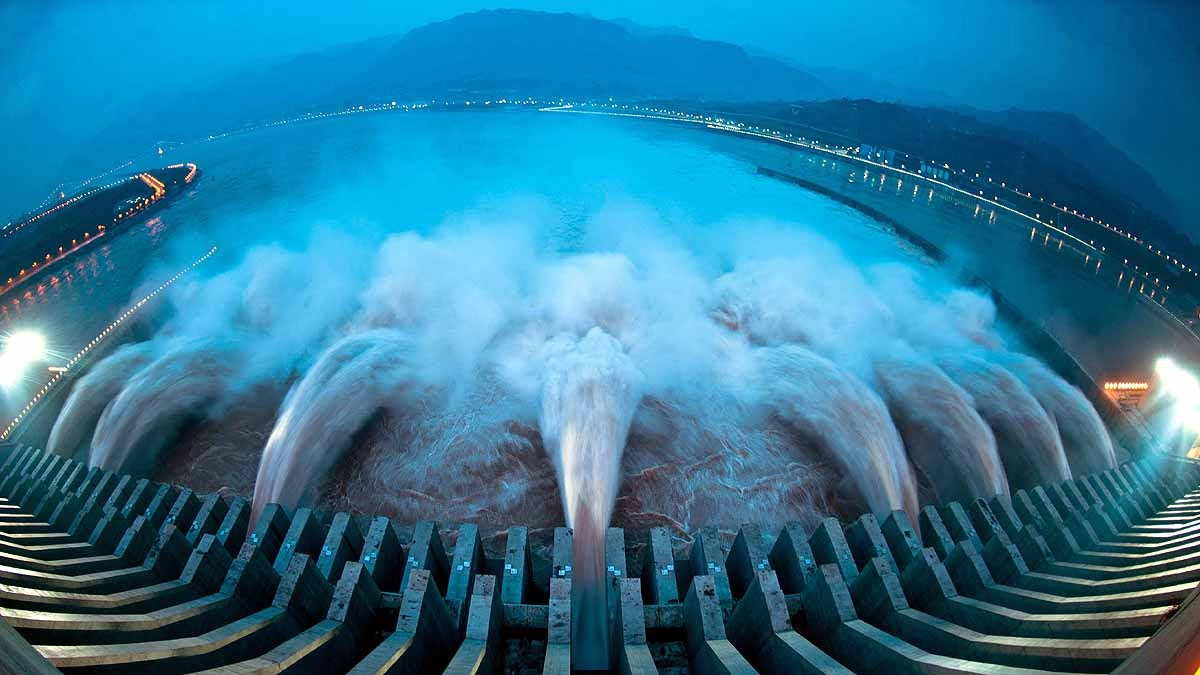China is advancing toward constructing the largest dam in the world. The concerning part is its location, close to the Indian border on the Brahmaputra River. China has labeled this infrastructure project as the 'largest project on the planet,' with an estimated cost of $137 billion. The dam's construction in Tibet, near India's border, might create difficulties for both India and Bangladesh.
According to China's state news agency, Xinhua, the Jinping administration has officially announced green-lighting the hydropower project on the Brahmaputra. The dam will be situated in the Himalayan region, where the river makes a significant U-turn into Arunachal Pradesh, before moving toward Bangladesh.
In terms of Chinese currency, this project will amount to a trillion yuan, and the dam will exceed the size of the current largest dam in the world, the Three Gorges Dam. China already operates the Zangmu Hydropower Station in Tibet, established in 2015 at a cost of $1.5 billion.
China Could Use the Dam as a Strategic Tool
The approved dam by China could exacerbate India's challenges. While China will utilize the dam for hydropower, it can also be employed as a weapon. In case of rising tensions between the two countries, China could potentially unleash a massive water flow into Indian border areas, creating flood-like conditions. However, India is constructing its own dam on the Brahmaputra in Arunachal Pradesh.
India-China Agreements on Transboundary Rivers
In 2006, India and China established an expert-level mechanism to discuss various issues related to transboundary rivers. This includes China providing India with hydrological data on the Brahmaputra and Sutlej rivers during flood seasons.
During a discussion on 18th December between India's NSA Ajit Doval and China's Foreign Minister Wang Yi, the subject of sharing data on transboundary rivers was brought up. The foreign ministry later stated that the Special Representatives' meeting provided positive directives for transboundary cooperation, including data sharing on the rivers.




